JBC: Pulling apart the cytoskeleton
Maintaining the shape of the cell, creating proper internal structure, guiding organelles and pulling chromosomes apart during mitosis are some of the important functions of the cytoskeleton. The cytoskeleton is composed of three main structural components: actin filaments, microtubules and intermediate filaments. In a series of thematic minireviews, the Journal of Biological Chemistry highlights what we know so far about the cytoskeleton.
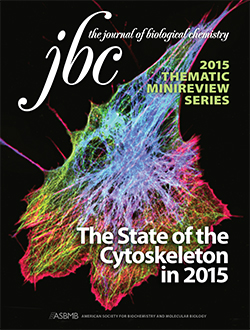 The editors of “ The state of the cytoskeleton in 2015,” Robert Fischer of the National Heart, Lung and Blood Institute and Velia Fowler at The Scripps Research institute, describe how cytoskeletal polymers have been a topic of interest for more than 70 years. However, many questions about the polymers are just now beginning to be answered. The more specific topics discussed in these minireviews include actin mechanics and fragmentation, vimentin intermediate filament networks and the microtubule cytoskeleton.
The editors of “ The state of the cytoskeleton in 2015,” Robert Fischer of the National Heart, Lung and Blood Institute and Velia Fowler at The Scripps Research institute, describe how cytoskeletal polymers have been a topic of interest for more than 70 years. However, many questions about the polymers are just now beginning to be answered. The more specific topics discussed in these minireviews include actin mechanics and fragmentation, vimentin intermediate filament networks and the microtubule cytoskeleton.
Actin filaments determine the shape of the cell surface and are involved in cellular locomotion. In the minireview titled “ Actin mechanics and fragmentation,” Enrique De La Cruz of Yale University and Margaret Gardel at the University of Chicago discuss recent advances in understanding the mechanical properties and stability of actin filaments. This includes how forces can influence local biochemical interactions leading to formation of mechanically sensitive and dynamic states of actin filaments. The research could provide crucial information on how the actin cytoskeleton helps cells respond to mechanical forces.
Intermediate filaments are composed of various intermediate filament proteins, one of which is called vimentin. Vimentin helps to keep the organelles in their proper places within the cell. Organelles anchored by vimentin include the nucleus, endoplasmic reticulum and mitochondria. In their minireview titled “ Properties of vimentin intermediate filament networks,” Robert Goldman at Northwestern University and colleagues discuss the role of intermediate filaments in regulating cell architecture and function. More specifically, the authors note that mutations in the genes encoding IF proteins lead to a number of human diseases, including cataracts, myopathies, and a progressive and fatal neurodegenerative disorder called Alexander disease.
Microtubules are long, hollow and more rigid than actin filaments. In “ Writing and reading the tubulin code,” Antonina Roll–Mecak at the National Institutes of Health and colleagues discuss tubulin, which forms the heterodimers that make up microtubules. Specifically discussed is the tubulin code, which consists of post-translational marks that are then interpreted by two categories of cellular effectors. The first category of effectors is those that are bound to the microtubule and alter its properties noncovalently; this includes motors and microtubule-associated proteins. The second category consists of those that actually modify the tubulin subunits at a chemical level; these effectors are tubulin post-translational modification enzymes.
In the minireview titled “ Building the microtubule cytoskeleton piece by piece,” Ray Alfaro–Aco and Sabine Petry of Princeton University note the importance of the microtubule cytoskeleton within the cell. They explain that these important functions rely on the precise arrangements of microtubules, which is achieved by the teamwork of a class of proteins called microtubule-associated proteins. They highlight how these MAPs work together to create a whole that is greater than the sum of the microtubule-network parts.
Septins, though not one of the main three components of the cytoskeleton, play an important role in the cytoskeleton. In “ Septin form and function at the cell cortex,” Andrew Bridges and Amy Gladfelter of Dartmouth College review septins, which are GTP-binding proteins that form structures on the cell cortex. The cell cortex is a layer of cytoplasm on the inside of the plasma membrane that helps support the membrane and connects with actin and microtubule cytoskeletal systems. The focus of the review is on gaining an understanding of how septins and the plasma membrane interact.
Along with the discovery that bacteria cells are spatially organized despite their lack of membrane-enclosed organelles came the revelation that bacteria contained structural homologs of eukaryotic actin and tubulin. This discovery led investigators to wonder if homologous polymers present in bacteria may have roles in organization and structure that are similar to those of their eukaryotic counterparts. Research on these homologs is reviewed in “ Bacterial filament systems: toward understanding their emergent behavior and cellular functions” by Ethan Garner at Harvard University and colleagues. This minireview summarizes the current understanding of how the homologs are assembled in addition to their dynamic behavior within the bacterial cells.
These minireviews provide insight into the variety of important roles of the cytoskeleton. The more knowledge researchers continue to gain about the form and function of the cytoskeleton, the bigger the impact on preventing or curing diseases that involve cytoskeletal dysfunction, such as Alzheimers, Parkinson’s and Amyotrophic lateral sclerosis (ALS).
Enjoy reading ASBMB Today?
Become a member to receive the print edition four times a year and the digital edition monthly.
Learn moreGet the latest from ASBMB Today
Enter your email address, and we’ll send you a weekly email with recent articles, interviews and more.
Latest in Science
Science highlights or most popular articles
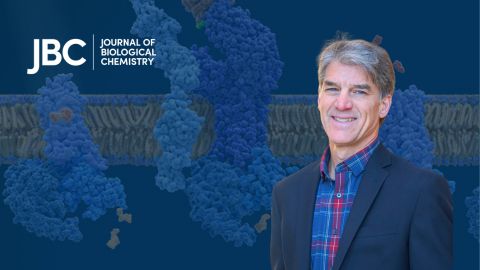
Meet Paul Shapiro
Learn how the JBC associate editor went from milking cows on a dairy farm to analyzing kinases in the lab.
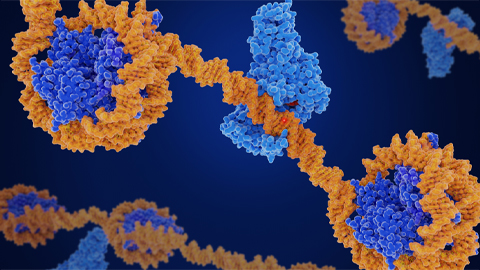
CRISPR epigenome editor offers potential gene therapies
Scientists from the University of California, Berkeley, created a system to modify the methylation patterns in neurons. They presented their findings at ASBMB 2025.
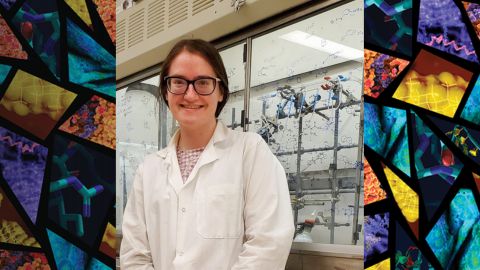
Finding a symphony among complex molecules
MOSAIC scholar Stanna Dorn uses total synthesis to recreate rare bacterial natural products with potential therapeutic applications.

E-cigarettes drive irreversible lung damage via free radicals
E-cigarettes are often thought to be safer because they lack many of the carcinogens found in tobacco cigarettes. However, scientists recently found that exposure to e-cigarette vapor can cause severe, irreversible lung damage.
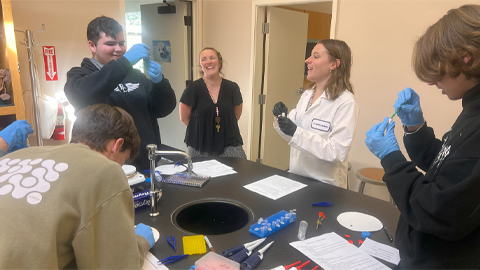
Using DNA barcodes to capture local biodiversity
Undergraduate at the University of California, Santa Barbara, leads citizen science initiative to engage the public in DNA barcoding to catalog local biodiversity, fostering community involvement in science.
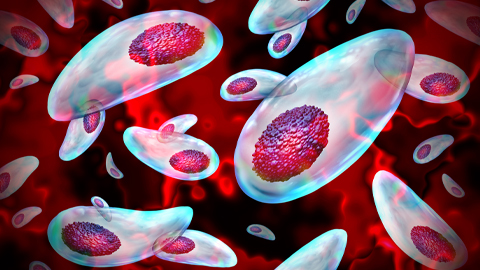
Targeting Toxoplasma parasites and their protein accomplices
Researchers identify that a Toxoplasma gondii enzyme drives parasite's survival. Read more about this recent study from the Journal of Lipid Research.

